
Around this time in 2017 the last lion of the U.S. Senate, Senator John McCain, walked on to the Senate floor as the nation watched on live TV, and to loud acclaim turned his thumb down and said “no” effectively killing the Affordable Care Act repeal vote. Opponents cried foul and supporters shouted for joy, but with the chain of events that have occurred since the vote, reactions of both opponents and supporters may have been premature.
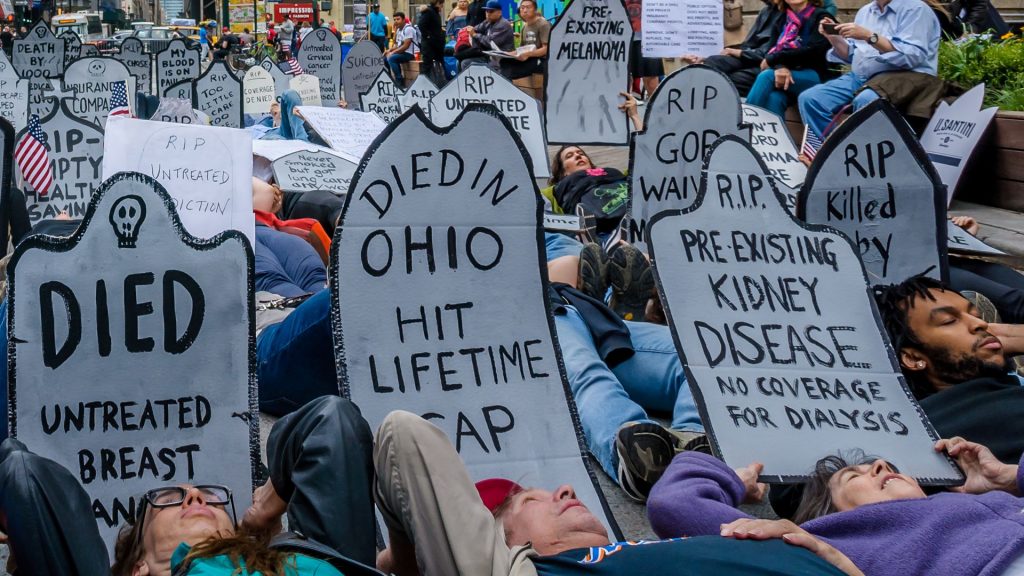
This is what the future holds because of what President Trump and Republicans are doing to the Affordable Care Act Photo: Erik McGregor/Pacific Press/LightRocket via Getty Images
The first half of 2017 was full of Affordable Care Act coverage by the news media. For the first time since the Act became fully implemented in 2010, Republicans had a real shot to repeal it. This possibility created fear among those who relied on the Affordable Care Act benefits to survive. It created anger among the supporters who fought hard for the creation of the Affordable Care Act law. But Senator McCain’s heroic effort to stop the Affordable Care Act repeal is being silently reversed.
During the second half of 2017 Affordable Care Act news was replaced by headlines about potential Russian/Trump collusion. Although the media and public, thinking the fate of the Affordable Care Act was settled, stop paying attention to its fate President Trump and Republicans did not cease their repeal efforts. They both have taken steps since the repeal vote to significantly diminish the viability of the Affordable Care Act law.\
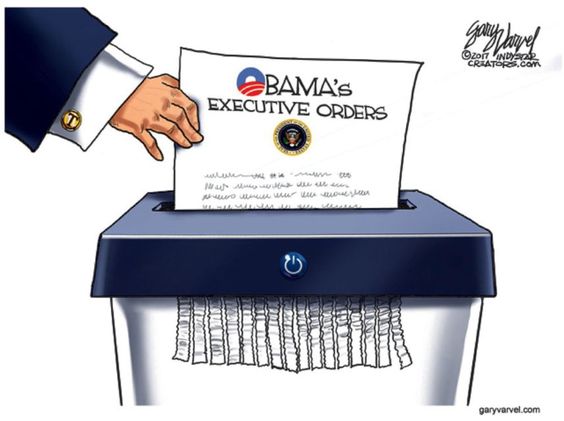
All former President Barak Obama’s Executive Orders related to the Affordable Care Act like the Cost Sharing Reduction (CSR) payments are all canceled or reversed
Specifically, President Trump and the Republican-controlled House and Senate have inflicted the following 3 cuts that could mean the death of the Affordable Care Act:
Cut #1
President Trump inflicted the first cut, a severe one, with an executive order. Using the same type of interpretation of the law that led this week to the Trump administration separating immigrant children from their parents, President Trump stopped making Cost-Sharing-Reduction (CSR) payments to insurance companies. The White House announced “Based on guidance from the Department of Justice, the Department of Health and Human Services has concluded that there is no appropriation for cost-sharing reduction payments to insurance companies under Obamacare,” “In light of this analysis, the Government cannot lawfully make the cost-sharing reduction payments.”
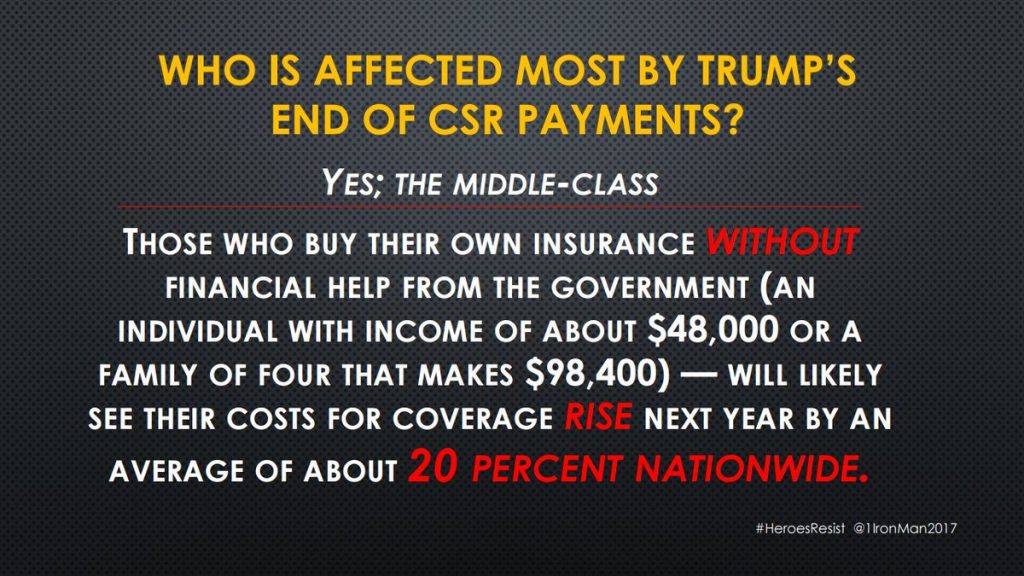
The CSR payments were one of the Affordable Care Act’s key components, they offset the cost to insurers of offering affordable plans to poor Americans. Insurers have repeatedly warned that if the payments were cut off, they would be forced to raise premiums to make up the financial loss. The Affordable Care Act requires insurers to reduce cost sharing for individuals who enroll in silver plans and have household incomes not exceeding 250 percent of the federal poverty level. These provisions reduce the out-of-pocket limit for these enrollees—particularly for those with incomes below 200 percent of poverty—and sharply reduce deductibles, coinsurance, and copayments. The CSR payments to insurance companies were totaling around $7 billion a year.
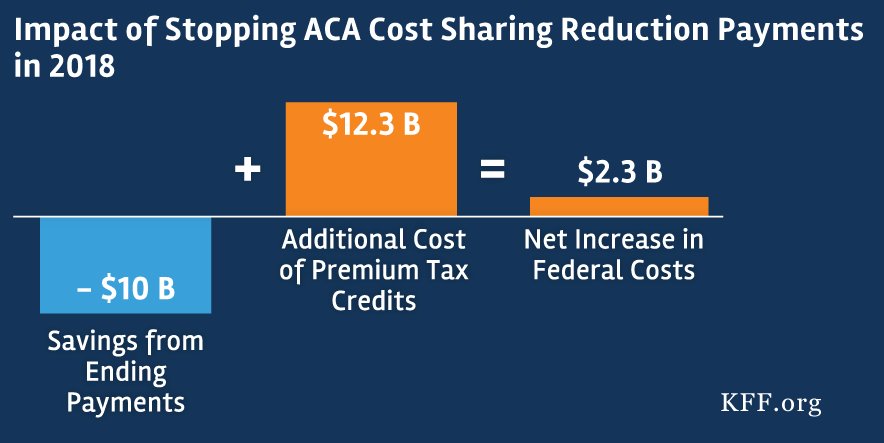
Cut #2
On Oct. 12 President Trump inflicted the second cut, another severe one, and one that will have fatal consequences for those who won’t have adequate health coverage. He signed an executive order loosening the rules surrounding the offering of health plans by small businesses, as well as rules about enrollment in short-term health insurance plans that are less expensive and less comprehensive than Obamacare health plans. Federal agencies were ordered to rewrite the rules to allow plans to be larger and sold across state lines. Because those plans won’t have the same minimum coverage requirements as Obamacare, the premiums will be cheaper and the healthcare received will be bare bones.
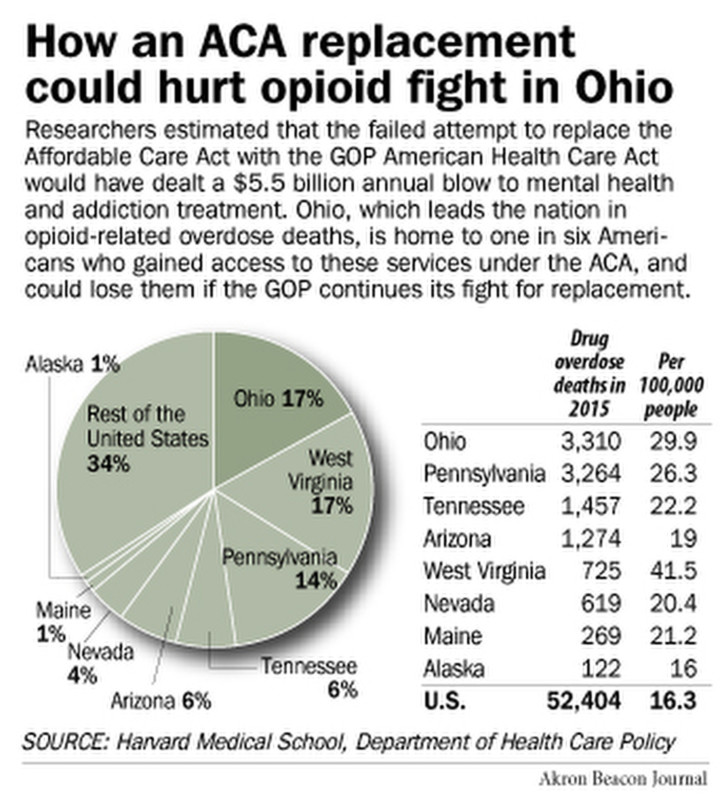
The order also directed Federal agencies to reverse an Obama administration directive limiting enrollment in short-term insurance plans not meeting minimum coverage requirements to three months, President Trump wanted that extended up to a year.
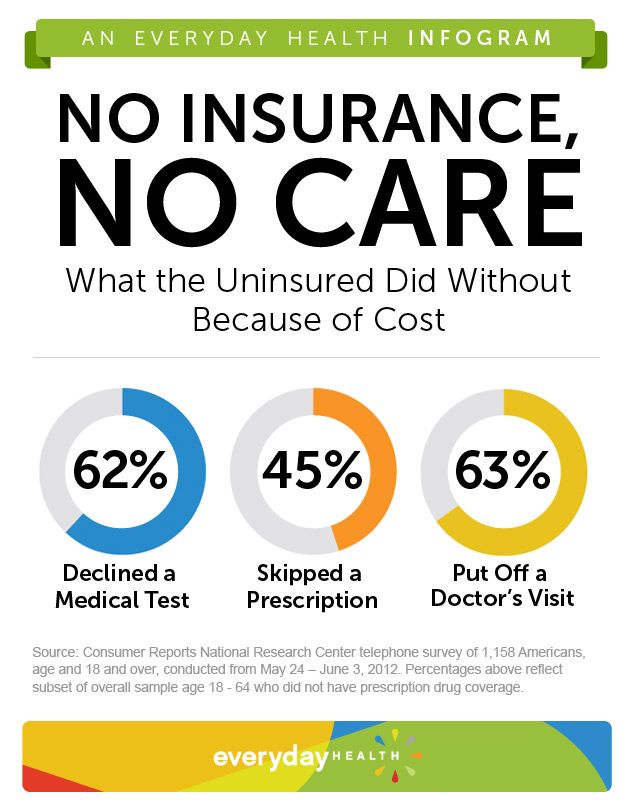
Trump administration officials announced this past Monday that they would unveil the final rules the following Tuesday. President Trump has said millions of people could get cheaper coverage from the new “association health plans.” The new entities would be exempt from many of the consumer protections mandated by the Affordable Care Act. They likely won’t provide certain “essential health benefits” like mental health care, emergency services, maternity and newborn care and prescription drugs. Similar health plans have a history of fraud and abuse that have left employers and employees with hundreds of millions of dollars in unpaid medical bills. The problems are illustrated in dozens of court cases and enforcement actions taken over more than a decade by both federal and state officials.
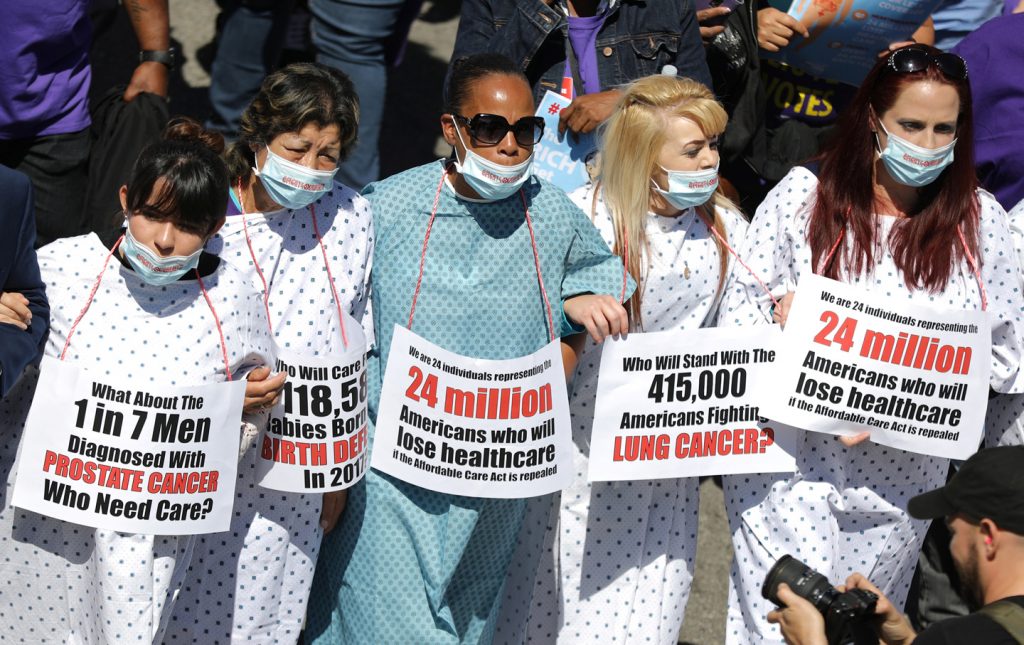
These are the numbers that will become reality with the death of the Affordable Care Act
The Coalition Against Insurance Fraud, representing insurers, consumers and law enforcement officials, met last month with Trump administration officials and emphasized the need for states to have a strong role in combating possible fraud by association health plans.
Cut #3
In December of 2017 Republicans achieved a long sought-after goal, repeal of the Affordable Care Act mandate that all individuals must purchase health insurance. Both the Senate and House passed a repeal of the mandate as part of their tax-cut legislation. The Congressional Budget Office (CBO) estimated that 13 million more people would go without insurance by 2027 without the mandate than if it remained in place. Also without the mandate the CBO found that health insurance premiums would rise by about 10 percent in most years over the next decade in the individual market created by the Affordable Care Act.

This has been the secret Republican game plan all along, to strip away all the cost saving features to the Affordable Care Act driving the insurance premiums so high that its no longer affordable
The individual mandate is a central tenet of the Affordable Care Act health insurance that health policy experts and proponents say is essential to making the law work. It compels young and healthy people to join health insurance markets and helps lower premiums by offsetting the costs of sicker patients. The CBO said abolishing the requirement would cause premiums to rise because healthier people would be less likely to purchase insurance. This then would cause a domino effect because the resulting increases would cause even more people to forego insurance.
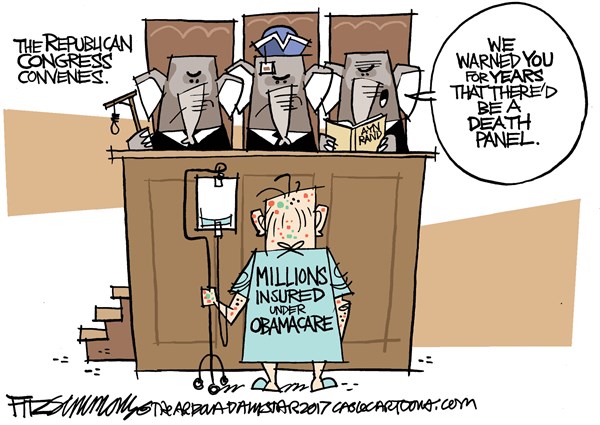
The detriment these 3 cuts will do to our healthcare system will affect all Americans, while our eyes and attention are diverted to the Russia/Trump collusion investigation, President Trump and the Republican Party continue to cut the Affordable Care Act to near death, 3 silent cuts at a time. Now the Affordable Care Act will limp into 2019 without the main gears that make it work, meaning illness for thousands and certain death for hundreds.



